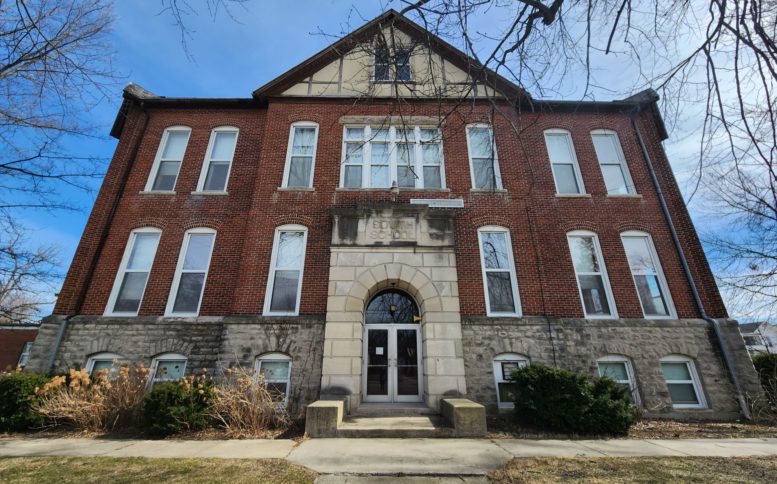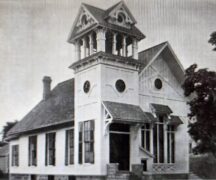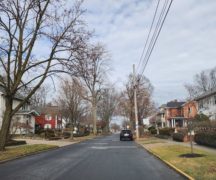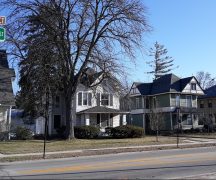By JAN LARSON McLAUGHLIN
BG Independent News
Bowling Green’s historic preservation efforts aren’t nitpicky. In some communities, property owners in historic districts have to get approval before making minor changes to their historic structures.
“Like changing a door knob” on a home’s exterior, said Bowling Green Planning Director Heather Sayler. “That is not the intent of Bowling Green’s ordinance.”
Members of Bowling Green’s Historic Preservation Commission have repeatedly stressed that owners of historic properties will not be told what to do with their homes or businesses.
However, the local historic preservation designations could keep a building of significance from being bulldozed.
According to the city’s Historic and Architectural Preservation Code, buildings in designated local history preservation areas cannot be demolished without the Historic Preservation Commission approving a certificate of appropriateness.
During a recent meeting, the city’s Historic Preservation briefly discussed the opportunity to save structures from possible demolition – such as the old South Main School – by including them in local historic preservation districts.
The city’s ordinance states if the commission finds a structure to be of great historic significance, that alternatives to demolition may be feasible and should be actively pursued by both the applicant and the city.
The commission can take steps to preserve the listed property. Such steps may include consulting with civic groups, public agencies, and interested citizens; developing marketing plans; and making recommendations for acquisition of the property by public or private bodies or agencies.
The old South Main School, located at 437 S. Main St., was built in 1889 and ceased functioning as a school in 2005. The 23,408-square-foot building and the 1.6 acres of land including a playground area, was purchased in 2011 for $70,433 by Main & Palmer LLC, of Newport Beach, California.
Until last year, the building was leased by Fringe Paranormal, which offered visitors a chance to join in paranormal investigations, citing a “hotbed of unexplained activity,” such as phantom footsteps, strange noises, closing doors, and disembodied voices in the old school.
But while preservation opportunities are now available in Bowling Green, the designation of properties as historic preservation districts is moving slowly – with only one homeowner applying for and being approved for the designation so far since 2019.
The proposal for a local historic preservation commission in Bowling Green was first brought up in 2009, then became part of earnest discussions in 2013. The initial efforts died in 2015 after some citizens interpreted the city’s preservation efforts as government telling them what to do with their properties.
This time around, the city and the commission members are working to do a better job of educating the public and calming fears.
The goal of historic preservation is to protect the historic integrity of buildings – and help when possible with restorations. It is not to nitpick and tell homeowners what they can and cannot do with their properties.
Three sites and two historic districts in Bowling Green are currently listed on the National Register of Historic Places by the Secretary of the Interior upon recommendation of the Ohio Historic Preservation Office. However, placement on the National Register provides no protection to any historic property.
To fully function, the city became a Certified Local Government through the Ohio Historic Preservation Office. The CLG status allows the city to get preservation grants and tax credits to help homeowners and businesses protect historic buildings.
According to the city’s ordinance, the historic commission will consider the following issues when reviewing a requested certificate of appropriateness:
- Will it substantially alter the exterior features of a listed property or a property within an historic district.
- Will it significantly alter the view corridor and/or streetscape.
- Is it compatible in character and nature with the historic significance of the historic district in which the property is located.
- Would it be detrimental to the listed property or historic district.
- Would it enhance or aid in the protection and preservation of the listed property or historic district.
- Is it necessary in order that unsafe conditions or health hazards be remedied.
- Is it necessary in order that the owner of the listed property or property within a historic district not be deprived of reasonable use of the property or suffer undue hardship.





